artist
STATEMENT
The meaning of my work is harder for me to express in words, because the creations themselves are my way of expression.
The deeper themes I explore within my work speaks to the complexities of our relationship as human beings with each other and the natural world around us. Just as the wild places on our planet are slowly swallowed up by modern day life, our connection to ourselves as part of nature disappears too, creating a void.
My work lingers between that of fables, memories and dreams; I create little worlds in which harmony can exist. My protagonists convey purity in their ability to just be in the moment.
The man-made objects in my works, such as a chair, a window or a boat, represent our histories, values and traditions. Like an heirloom, a treasured object held within a family and passed from generation to the next, these special objects can remind us of stories and people from long ago. Sometimes the objects that held value to one generation are discarded by the next and something is lost with that object.
The miniature landscapes I make function as a refuge and escape for the viewer, where the natural world is revered, the man – made objects within it are there to remind us that we exist as part of nature.
My monochrome landscape drawings are similarly inspired. Drawing on memories, nostalgia and symbolism to capture the fleeting moments when I feel a sense of admiration and awe at the beauty I see in the everyday mundane urban and rural scenery around me. Scenes from my car window as I’m driving or images from a twilight walk that evoke a mood or emotion that I want other people to experience too.
Throughout all my work, 2d and 3d, I aim to conjure the illusion of a time and place of possibility, mystery and beauty. Using imagery that provokes introspection where one might find answers about identity and belonging and be reminded of how we are all stitched to everything in the universe.
larissa gray
THE TECHNICAL PROCESS
HOW I WORK
01.
IDEATION
My bronze sculptures often originate from a small found branch or stick which sparks an idea for a composition.
I then individually design and construct each sculpture using wax, sticks and other combustible materials. Depending on the complexity of the work this can take a few weeks to a few months.
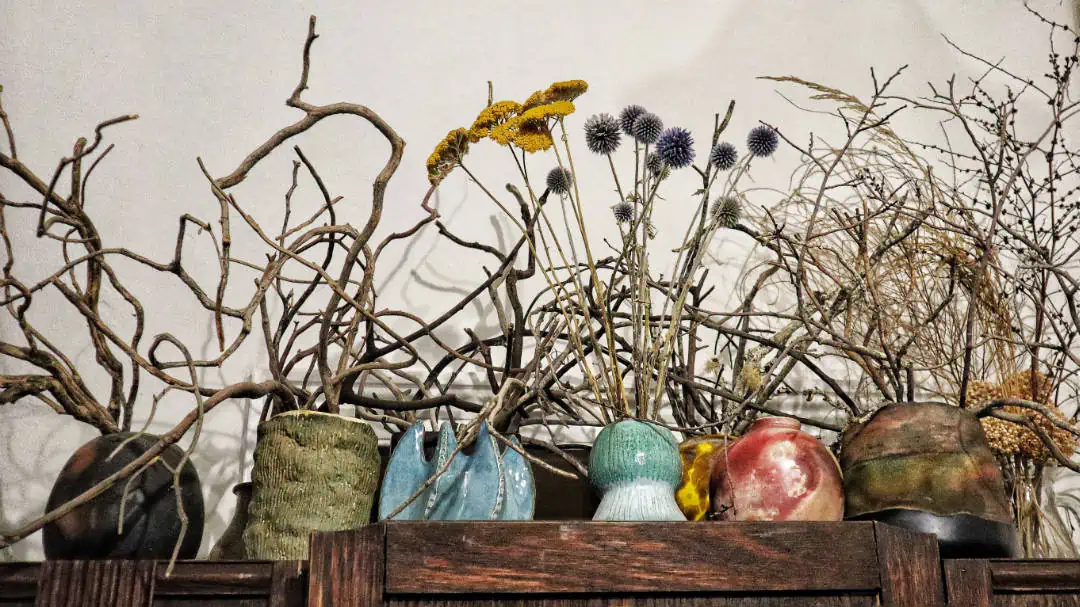
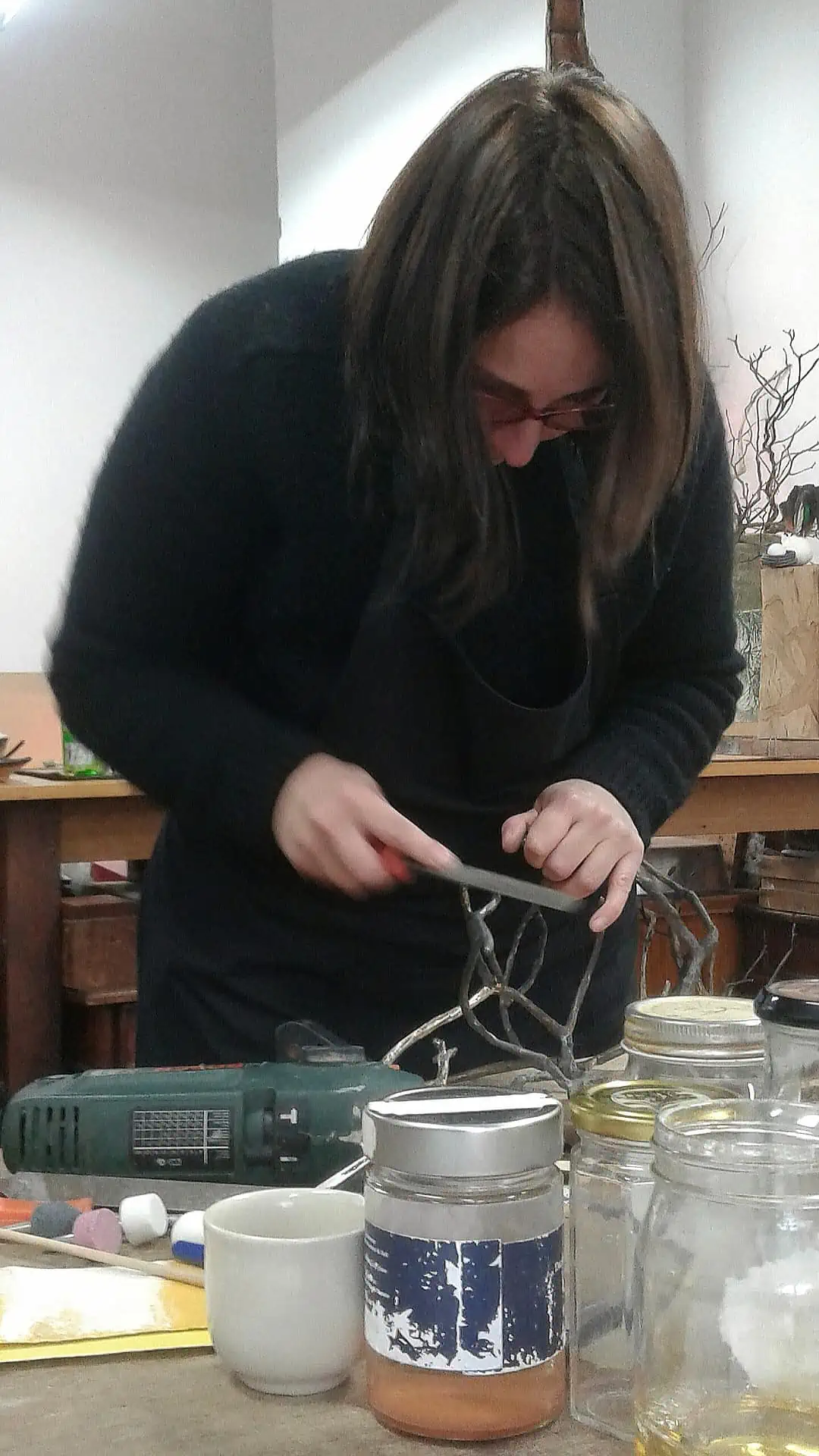
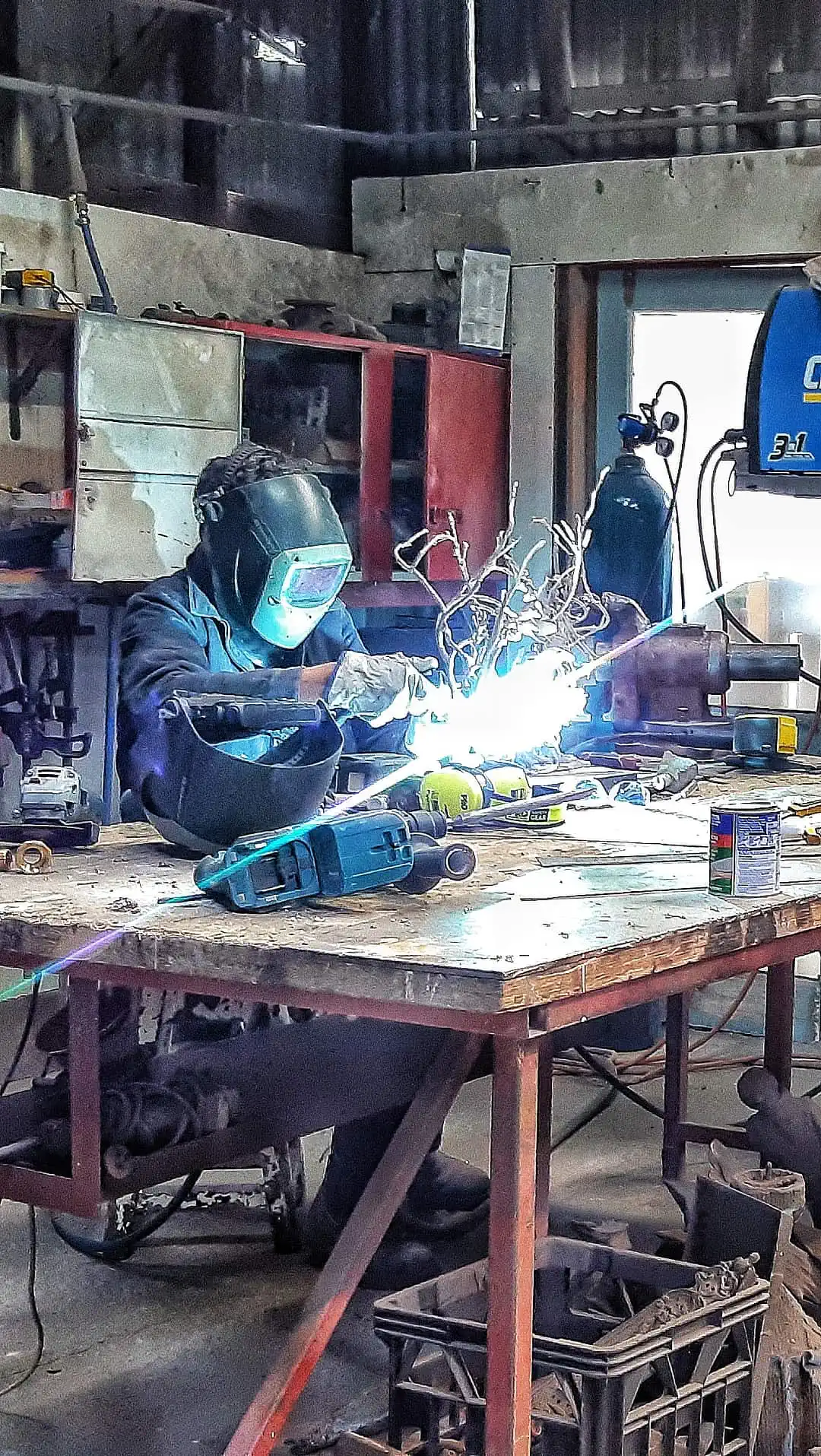
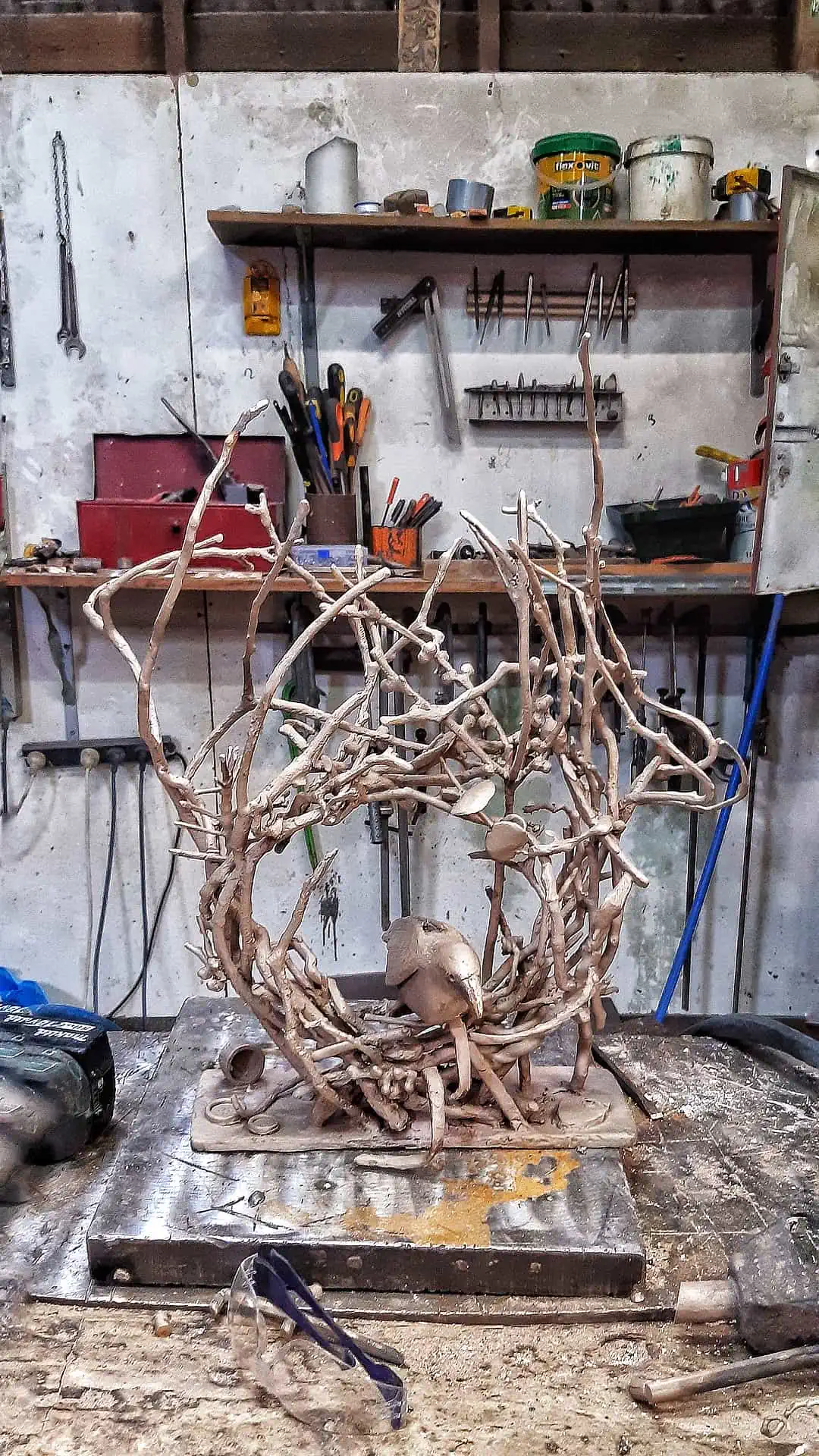
02.
FOUNDRY
Once a sculpture is complete I take it to Garage Art Foundry in Elphinstone; I have worked with the same foundry since 2015, my kind of non-traditional work has presented challenges for them when casting over the years but despite this they have cast my works with minimal problems. Because my works are all unique casts it is a gamble every time, if they don’t cast properly then all the time and effort gone into making the work is wasted and the piece is lost. Luckily this has only happened once in all the years of my working in bronze.
03.
LOST-WAX
Then follows the lost-wax process of casting. Because my work is complex it often needs to be dismantled into parts before a ceramic shell can be created around each section, then it goes into a kiln where the wax burns out and is “lost”. Next molten bronze is poured into the negative hollow creating a replica of the original in bronze.
If it was dismantled into sections then it needs to be welded back together. I then file and sand back the bronze with hand and electrical tools to conceal the welded areas and smooth any jagged edges etc. Once that is done I apply the patina.
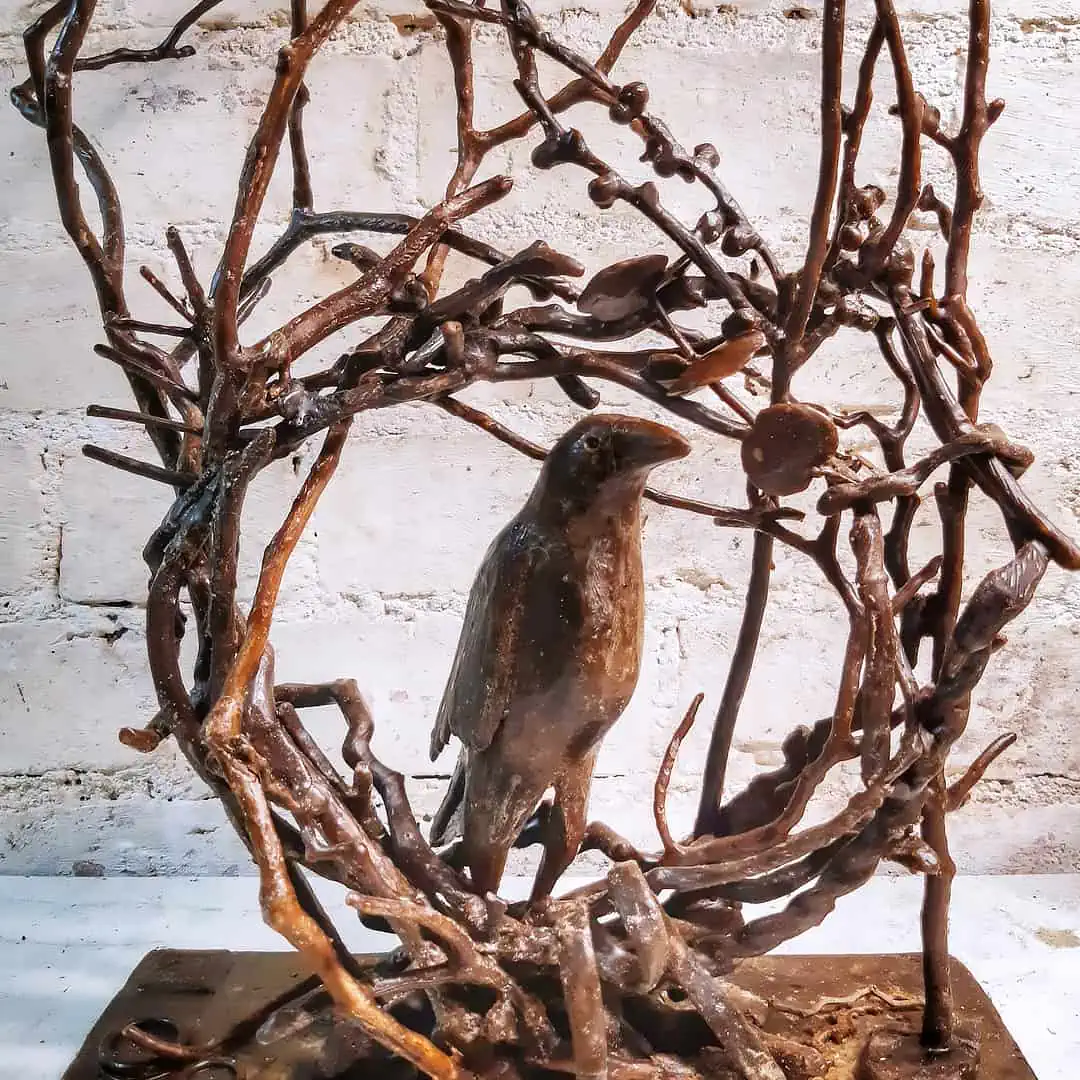
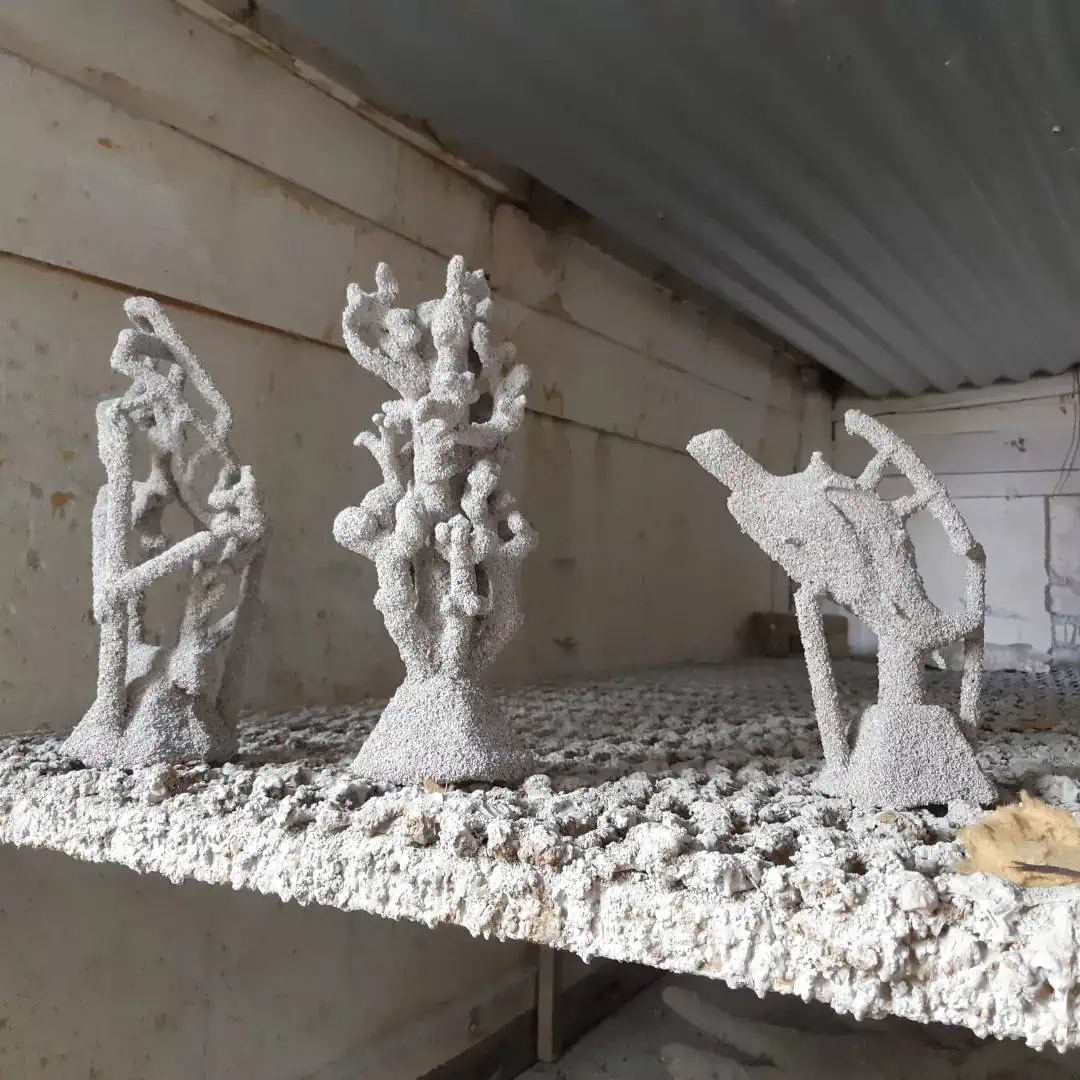
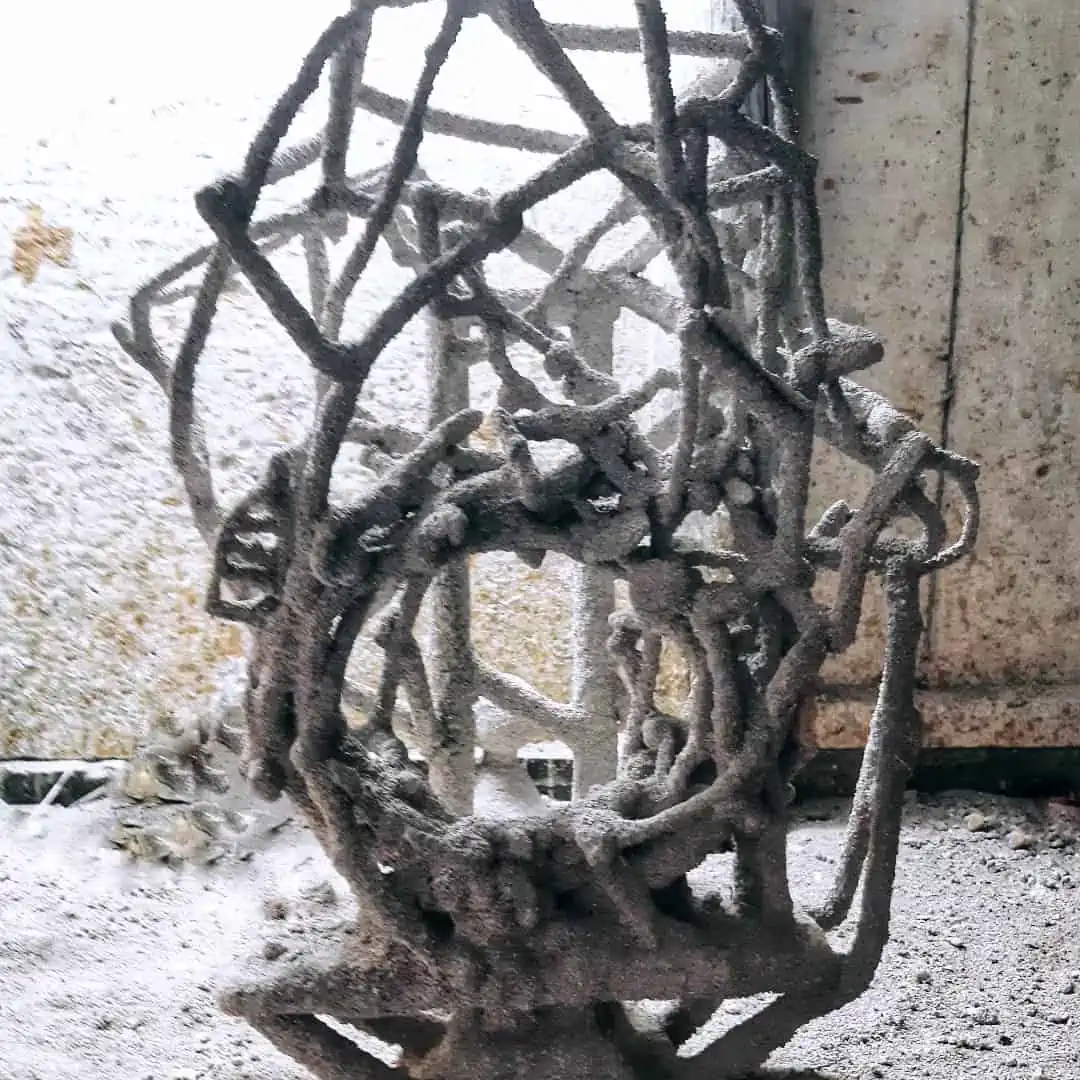
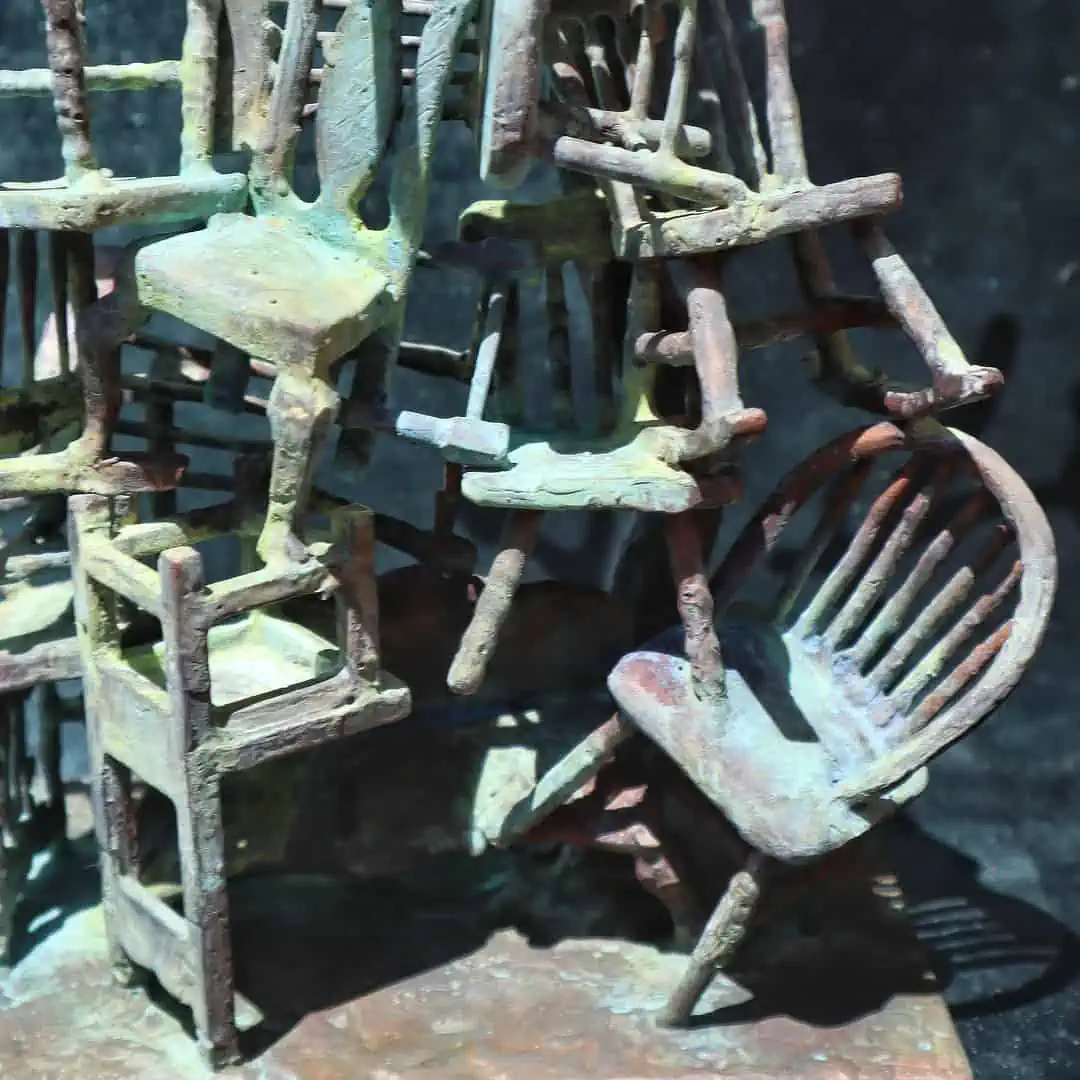
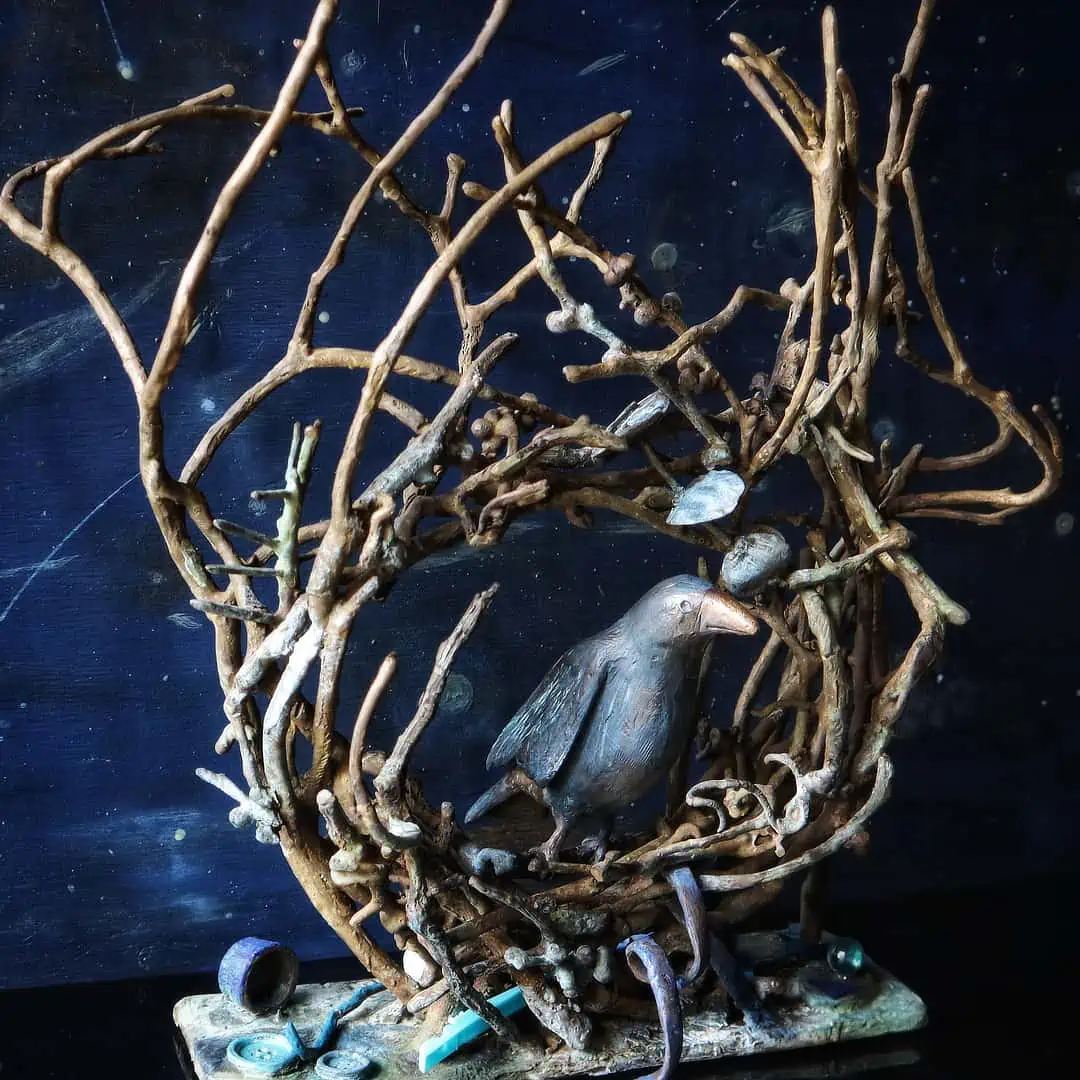
04.
PATINA
Patina does occur naturally on various metals with age and exposure to the elements; to obtain a patina that I create by design and one that is stable I heat the bronze and then add acids until I am satisfied with the colours. The variety of colours are created from a chemical change in the surface of the bronze when different chemical solutions are applied to the surface of the sculpture along with the catalyst of heat.
The alchemy behind the colours that are possible with a patina on bronze is so extraordinary, with different chemicals producing different colours, you never know exactly what you are going to get.
05.
Editioned bronze vs
unique cast bronze
The difference between the two is, with editioned bronzes a mold is made from the medium in which the sculpture was first formed and from this mold multiples can be made. A unique cast means it is the only one as no survivable molds are made of the original sculpture. Most of my bronze sculptures are unique casts.